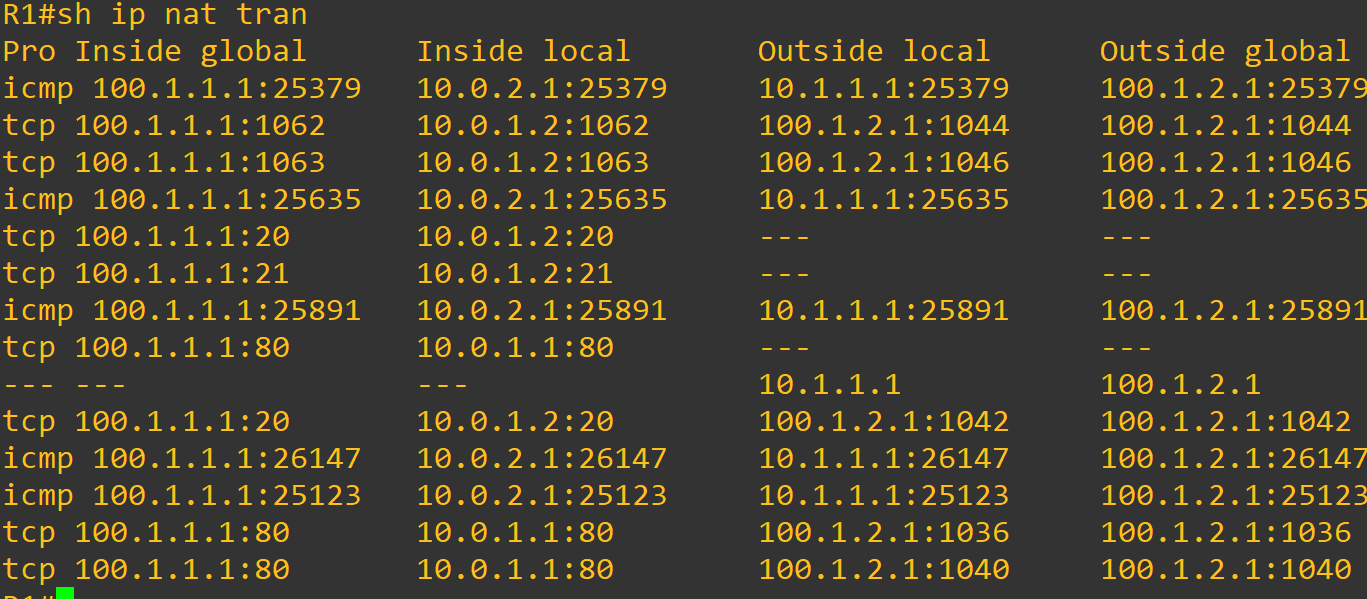退火算法学习-TSP问题
旅行商问题(TSP)是一个经典的组合优化问题,它的目标是找到连接n个城市的最短路径。该问题是一个NP难问题,也就是说,没有已知的多项式时间算法可以解决它。
退火算法
退火算法是受物理中固体物质退火原理的启发而提出的一种全局优化算法。该算法模拟固体物质在高温下逐渐冷却的过程,使得固体物质逐渐达到最低能量状态的过程。在退火算法中,我们也将搜索过程看作是一个逐渐降温的过程,使得算法逐渐趋近于全局最优解。
退火算法的基本步骤如下:
- 初始化一个初始解,例如一个随机排列。
- 设定一个初始温度,然后将温度逐渐降低。
- 在每个温度下,通过对当前解进行小的随机扰动,生成一个新的解。
- 计算新的解与当前解之间的能量差,然后根据一定的概率接受或拒绝新的解。
- 重复步骤3和4,直到温度降低到某个终止条件或者达到一定的迭代次数。
解决TSP问题
退火算法可以用来解决TSP问题,其基本思路是通过随机交换路径上的城市,生成新的路径,然后计算新路径和当前路径之间的差距,并根据一定的概率来接受或拒绝新路径。通过逐渐降低温度,我们期望算法能够收敛到一个全局最优解。
退火算法中的温度是一个很重要的参数。初始温度应该足够高,以便于算法能够在整个搜索空间中进行探索。随着搜索的进行,温度逐渐降低,使得算法更加倾向于接受更优的解,而减少对不优解的接受。同时,降温的速度也需要适当调整,以便于算法能够在搜索空间中逐渐收敛到全局最优解。
代码演示
提供一个简单的Python代码演示,用于解决一个5个城市的TSP问题。使用了一个包含5个城市的简单例子,以演示如何使用退火算法来解决TSP问题。首先定义了一些帮助函数,用于计算城市之间的距离、路径的总长度等等。然后,我们定义了一个simulated_annealing函数,用于执行退火算法。最后,我们使用一个包含5个城市的例子来测试算法,并输出最短路径和最短距离。解释一下,这里的距离之所以用两点坐标演示是为了直观。
1
2
3
4
5
6
7
8
9
10
11
12
13
14
15
16
17
18
19
20
21
22
23
24
25
26
27
28
29
30
31
32
33
34
35
36
37
38
39
40
41
42
43
44
45
46
47
48
49
50
51
52
53
54
55
56
57
58
59import random
import math
# 城市坐标
cities = [(60, 200), (180, 200), (80, 180), (140, 180), (20, 160)]
# 计算路径长度
def path_length(path):
total_length = 0
# 计算路径上每一对相邻城市之间的距离之和
for i in range(len(path)-1):
city1 = path[i]
city2 = path[i+1]
x1, y1 = cities[city1]
x2, y2 = cities[city2]
dist = math.sqrt((x2-x1)**2 + (y2-y1)**2)
total_length += dist
return total_length
# 随机交换两个城市的位置
def swap_cities(path):
new_path = path.copy()
# 随机选择两个城市的位置并交换
index1 = random.randint(0, len(path)-1)
index2 = random.randint(0, len(path)-1)
new_path[index1], new_path[index2] = new_path[index2], new_path[index1]
return new_path
# 退火算法
def simulated_annealing():
# 初始化路径
path = [0, 1, 2, 3, 4]
random.shuffle(path)
temperature = 1000 # 初始温度
cooling_rate = 0.003 # 冷却速率
while temperature > 1:
# 随机交换两个城市的位置
new_path = swap_cities(path)
# 计算新路径和当前路径的长度
current_length = path_length(path)
new_length = path_length(new_path)
# 如果新路径更短则接受
if new_length < current_length:
path = new_path
else:
# 如果新路径更长则以一定概率接受
delta = new_length - current_length
acceptance_probability = math.exp(-delta/temperature)
if random.random() < acceptance_probability:
path = new_path
# 降低温度
temperature *= 1 - cooling_rate
return path
# 输出结果
path = simulated_annealing()
print("最短路径:", path)
print("路径长度:", path_length(path))
运行上述Python代码后,输出应该是类似以下的结果:
1 | 最短路径: [1, 0, 2, 4, 3] |
其中,最短路径表示经过五个城市的顺序,路径长度表示整个路径的长度。由于算法随机初始化路径和交换城市的顺序,因此每次运行的结果可能会有所不同,但是路径长度应该逐渐逼近最优解。
修改
- 将路径长度的计算方式改为使用numpy的函数向量化计算,可以提高计算效率。 2.将随机交换两个城市的位置的函数改为随机选择两个位置并交换,避免出现重复的位置。 3.将参数和常量提取为全局变量,方便进行调整。 4.在输出结果时加上可读性,例如将城市的坐标和路径的顺序都打印出来,便于理解和分析结果。
1 | import random |
其他的简单的退火算法例子
- 使用退火算法求解函数最小值 假设有一个函数
f(x),我们的目标是求解该函数的最小值。可以使用退火算法进行优化,其中 x
表示函数的自变量。具体实现如下:
1
2
3
4
5
6
7
8
9
10
11
12
13
14
15
16
17
18
19
20
21
22
23
24
25
26
27
28
29
30
31
32
33
34
35
36import random
import math
# 待优化的函数
def f(x):
return math.sin(10*x) * x + math.cos(2*x) * x
# 退火算法
def simulated_annealing():
# 初始解
x = random.uniform(-10, 10)
# 初始温度
temperature = 100
# 冷却速率
cooling_rate = 0.003
while temperature > 1:
# 随机生成新解
new_x = random.uniform(-10, 10)
# 计算新解和当前解之间的差距
delta = f(new_x) - f(x)
# 如果新解更优则接受
if delta < 0:
x = new_x
else:
# 如果新解更差则以一定概率接受
acceptance_probability = math.exp(-delta/temperature)
if random.random() < acceptance_probability:
x = new_x
# 降低温度
temperature *= 1 - cooling_rate
return x
# 输出结果
x = simulated_annealing()
print("最优解:", x)
print("函数最小值:", f(x)) - 0/1背包问题
1
2
3
4
5
6
7
8
9
10
11
12
13
14
15
16
17
18
19
20
21
22
23
24
25
26
27
28
29
30
31
32
33
34
35
36
37
38
39
40
41
42
43
44
45
46
47
48
49
50
51
52
53
54
55
56
57
58
59
60
61
62
63
64import random
import math
# 定义背包问题的物品数量、背包容量、物品价值和重量
n = 20
C = 50
v = [random.randint(1, 10) for i in range(n)]
w = [random.randint(1, 10) for i in range(n)]
# 定义退火算法的参数:初始温度、终止温度、降温速度、迭代次数
T0 = 1000
Tend = 1e-8
alpha = 0.99
iter_max = 10000
# 初始化解空间
x = [random.randint(0, 1) for i in range(n)]
# 定义目标函数
def objective(x):
return sum([x[i] * v[i] for i in range(n)])
# 定义邻域搜索算法:随机选择一个物品,将其放入或移除背包中
def neighbor(x):
i = random.randint(0, n-1)
x_new = x.copy()
x_new[i] = 1 - x_new[i] # 将0变成1,将1变成0
return x_new
# 定义Metropolis准则
def metropolis(delta, t):
return math.exp(delta/t)
# 定义退火算法
def simulated_annealing(T0, Tend, alpha, iter_max):
x_best = x.copy()
f_best = objective(x_best)
t = T0
iter = 0
while t > Tend and iter < iter_max:
x_new = neighbor(x)
f_new = objective(x_new)
delta = f_new - f_best
if delta > 0:
x_best = x_new.copy()
f_best = f_new
else:
p = metropolis(delta, t)
if random.random() < p:
x_best = x_new.copy()
f_best = f_new
t *= alpha
iter += 1
return x_best, f_best
# 运行退火算法
x_best, f_best = simulated_annealing(T0, Tend, alpha, iter_max)
# 输出结果
print("物品价值:", v)
print("物品重量:", w)
print("背包容量:", C)
print("最优解:", x_best)
print("最优解的价值:", f_best)
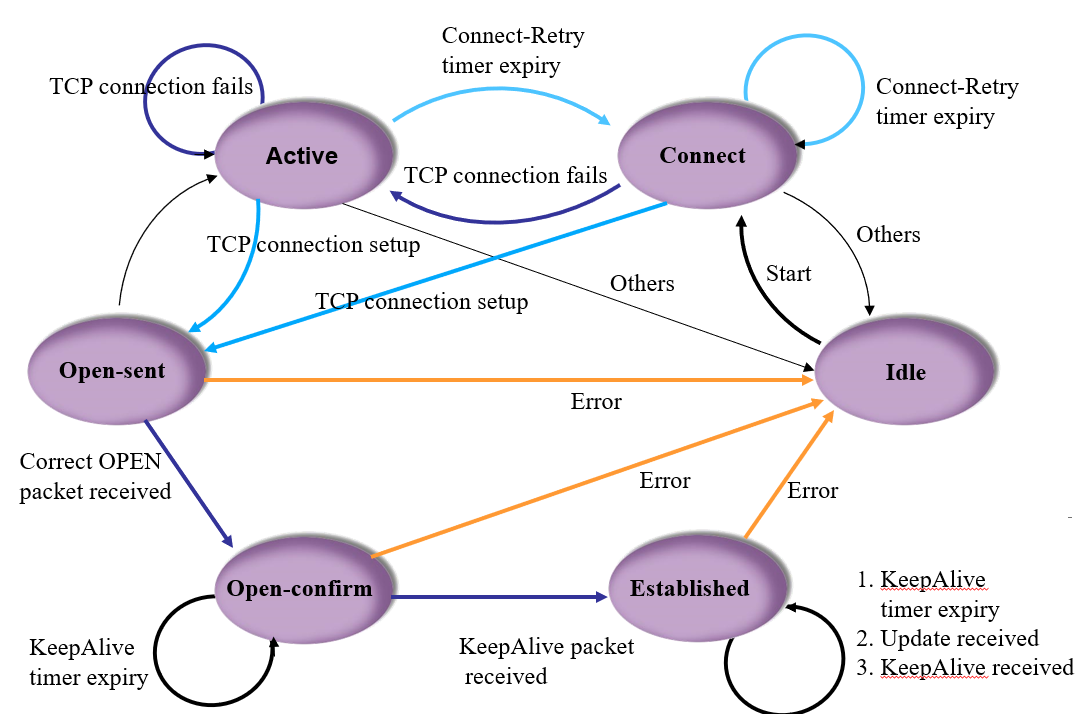

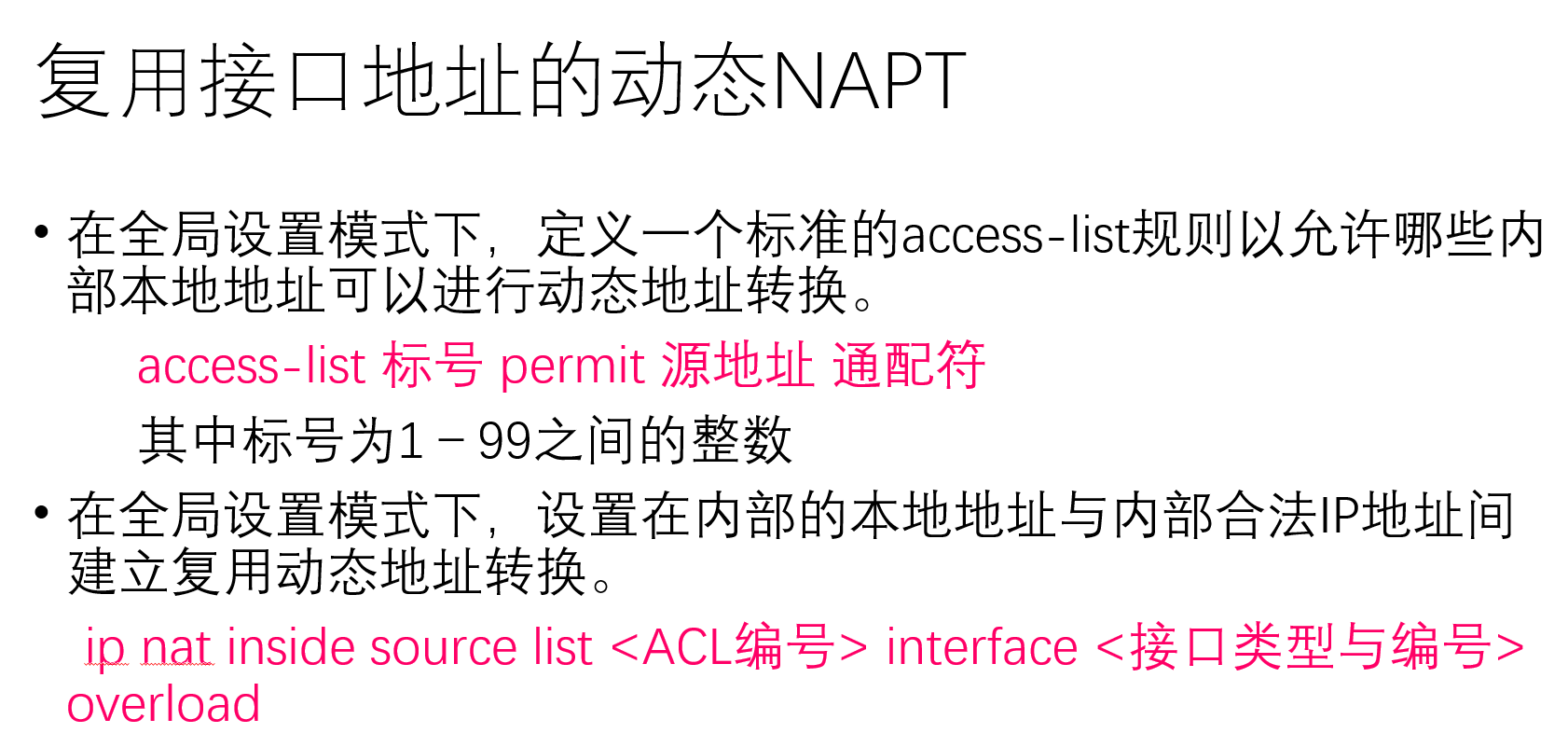 R1
R1 
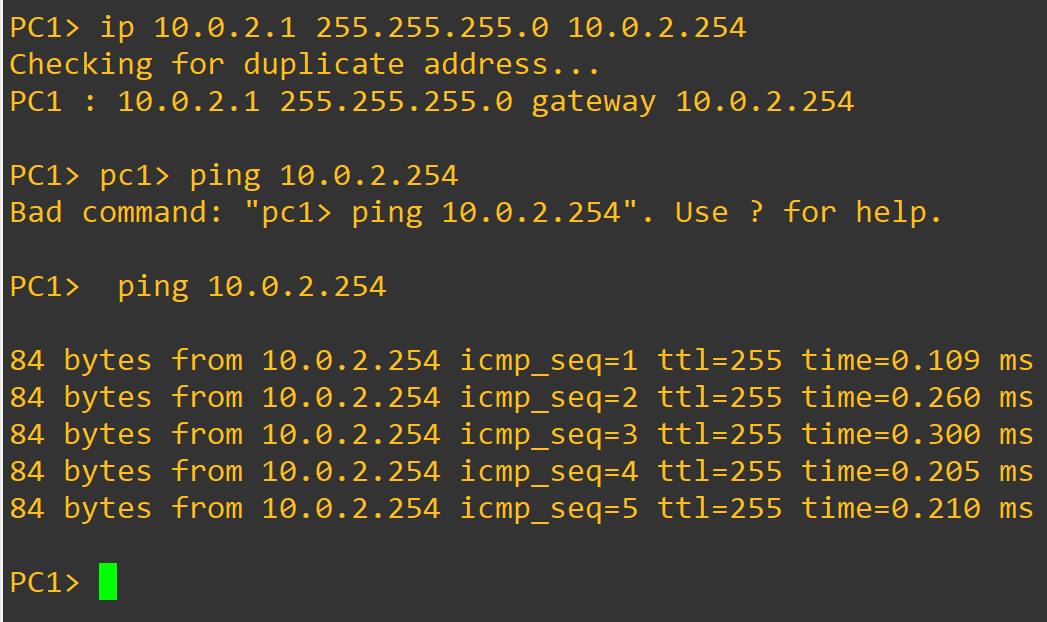
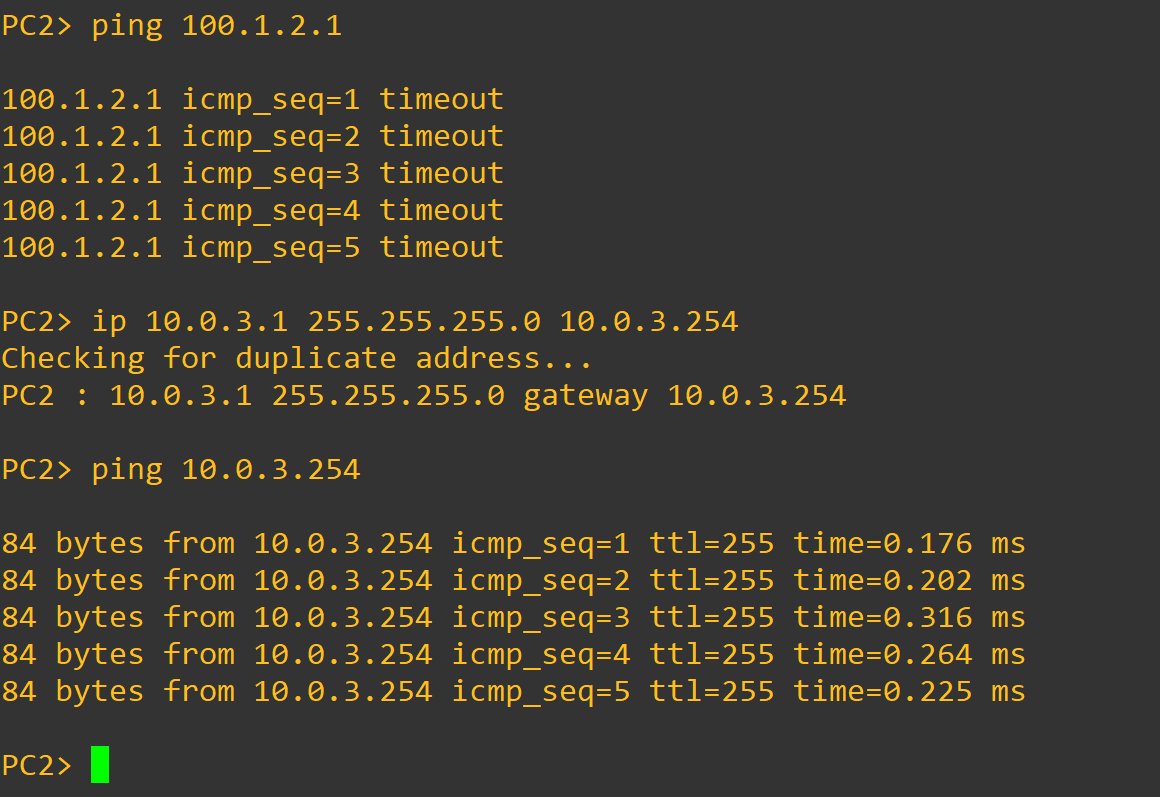
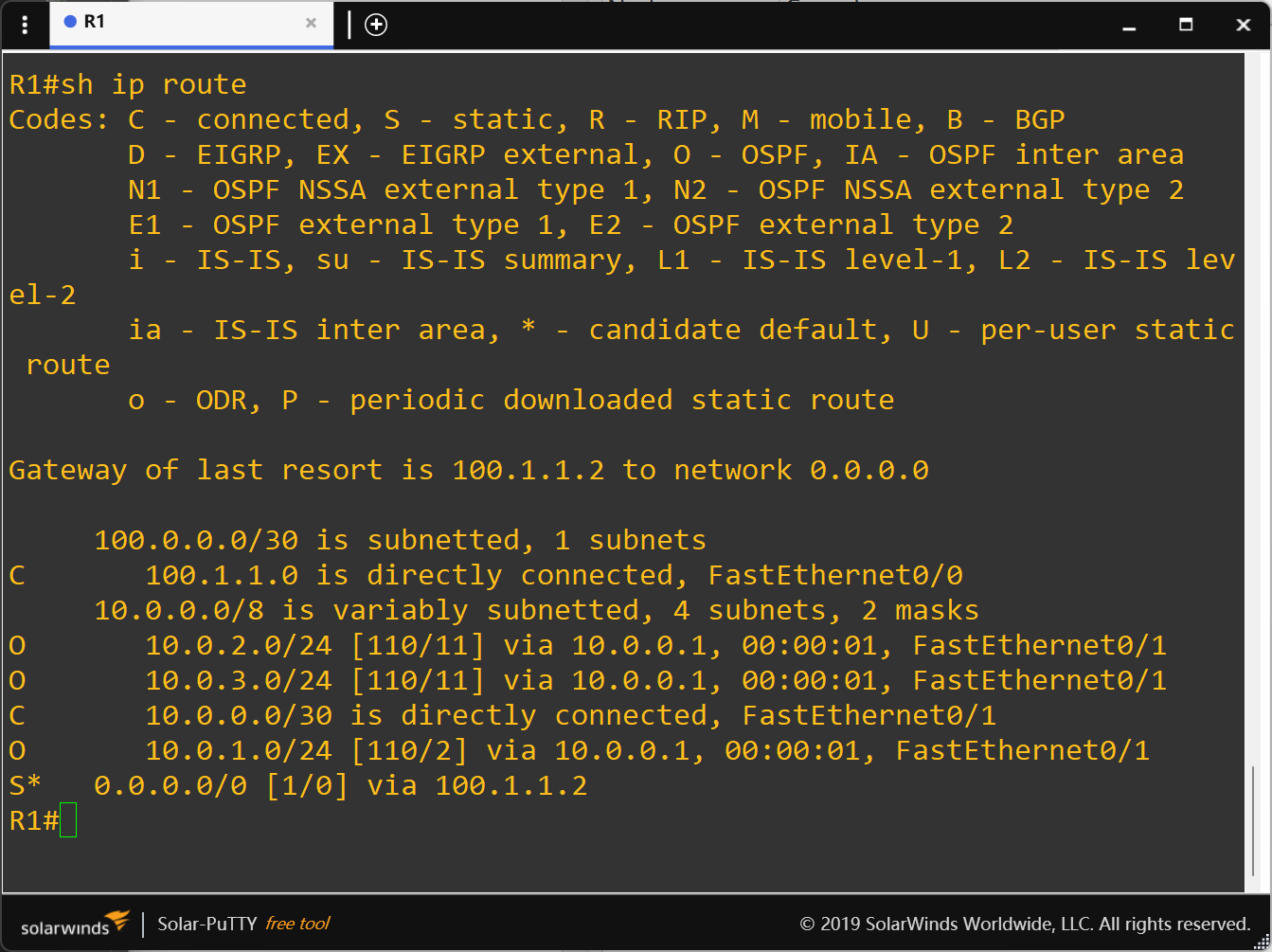 S1:
S1: 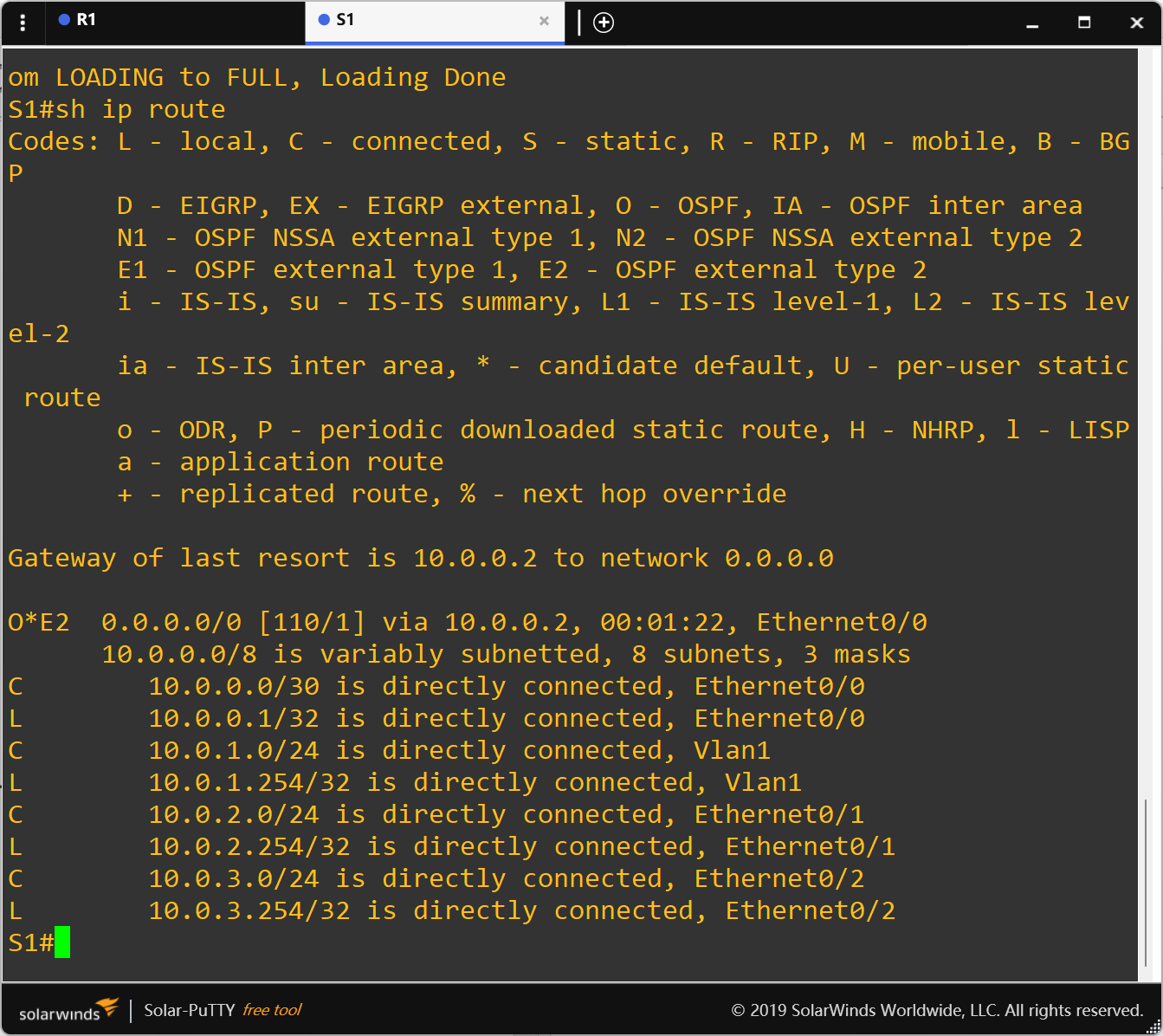
 PC2:
PC2: 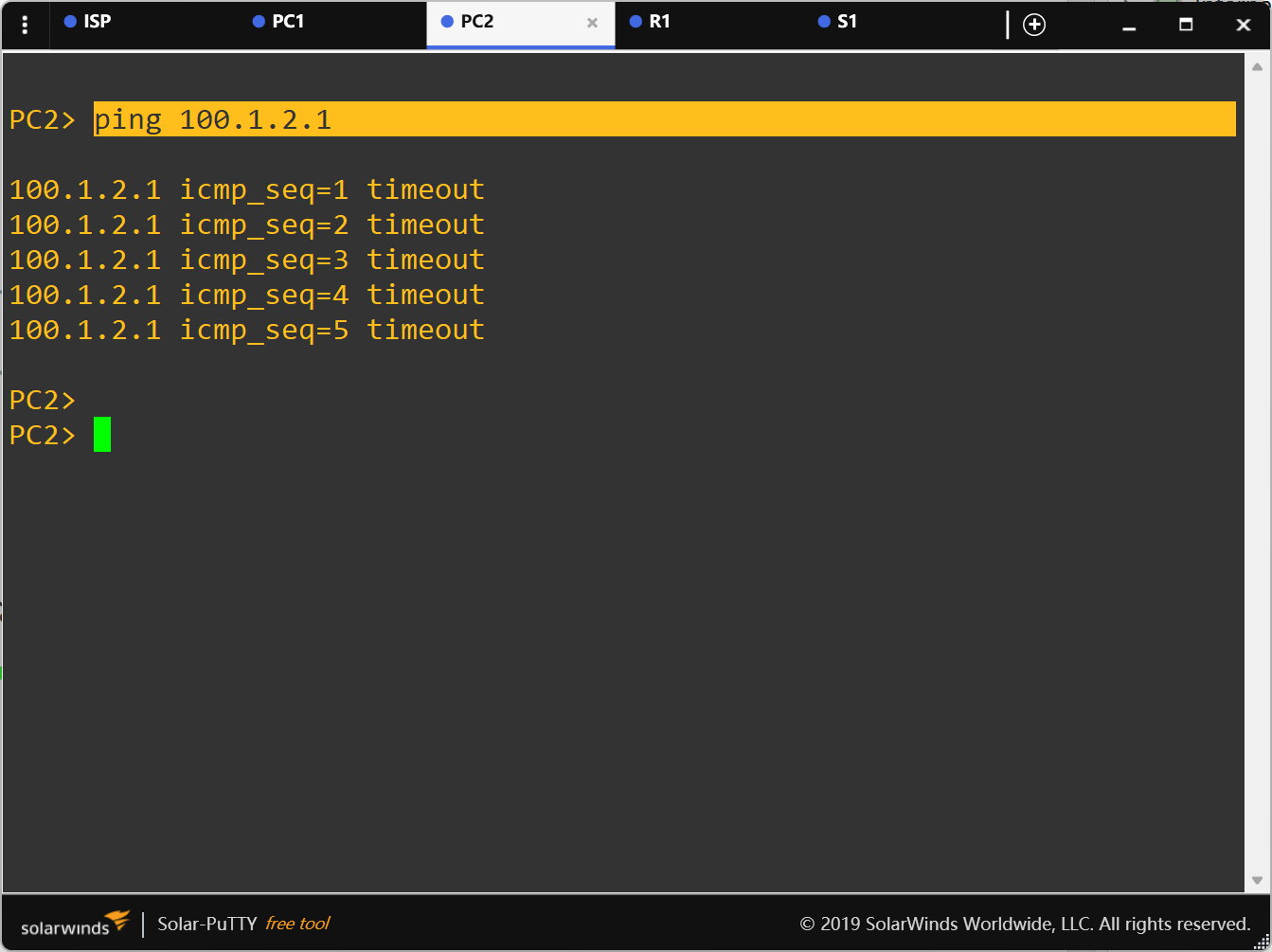
 ftp
ftp 



